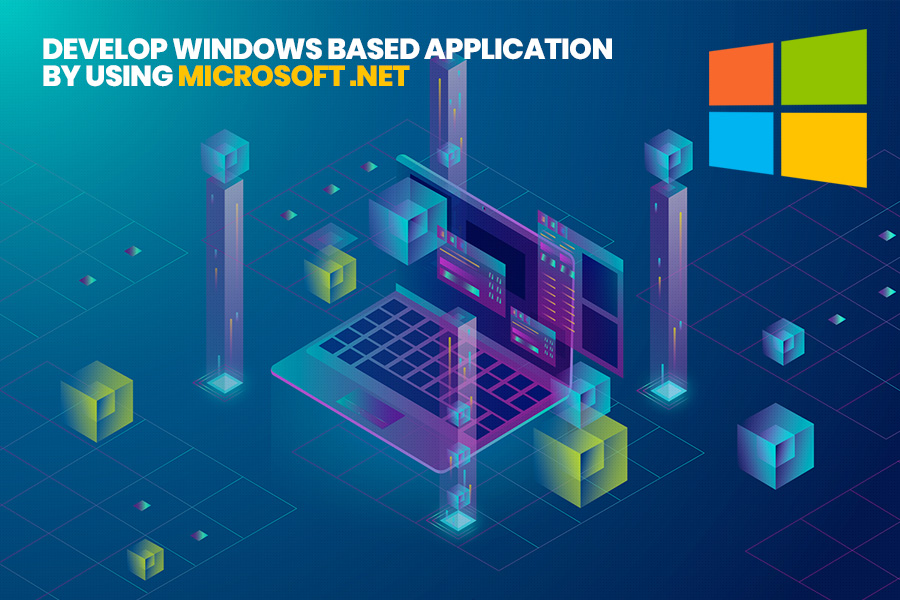
When you develop an application, there are always two most essential things that you need to understand. Things like:
- Understanding the nature of the business to deploy the application that is well suited for the company.
- Another thing is choosing the best technology platform for the development process.
And thus with a continuous change in demand as well as in the technology, Microsoft developed Asp.net framework to construct feature-rich websites and applications.
With the help of .NET programming model the user gets reliable support of constructing and building a software application for Windows, Windows phone, Microsoft azure, and XML web services
Thus there is no ambiguity about the fact that the interoperability of this platform with other applications and systems may be the main reason why organizations persist to leverage enterprise application.
.NET technology helps in minimizing risks as well as the cost that is associated with developing, integrating and increasing the support of your mission-critical projects. But the services do not end here. This platform is so useful that it provides the user with best practices to develop the window-based application.
How?
Well, let’s see!
How to Develop Windows-based Application by Using .Net?
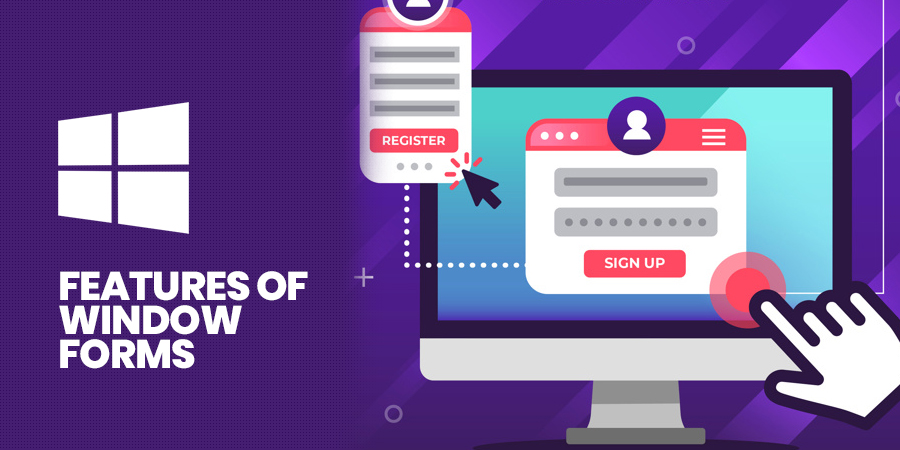
There is three application framework that is available for constructing a Windows application in the framework. These are the application framework that not only differ in the user interface that can be created with them, but it also grants the user a code that is written and the interface is then designed.
-
Window Form
The first forum of Window forum was released in the year 2002 at the same time .NET framework 1.0 was released. Both of them followed the principle of rapid application development (RAD). To enhance the productivity of the Mobile App Developer, they tend to offer graphic designers that construct user interface by placing user interface controls in the Windows. The code was written in an event-driven manner. In other words, developers that were implementing event handlers respond to user interaction with the application.
Windows Forum tends to take up the same approach. The application involves windows that are own as forms. With the help of a developer, the user tends to place the controls on the forms. They can then customize the experience and behavior by modifying the features of the editor.
This is the result why most Window form application tends to have the same appearance, which is many times referred to as battleship grey. And thus, the best way to avoid this is to use third party controls rather than the one included in the framework.
Features of Window Forms
- The drag and drop designer makes Window Forms very productive for applications that don’t require specific customization and Responsive UI.
- Easy to learn
- Works on all Windows versions
-
Windows Presentation Foundation (WPF)
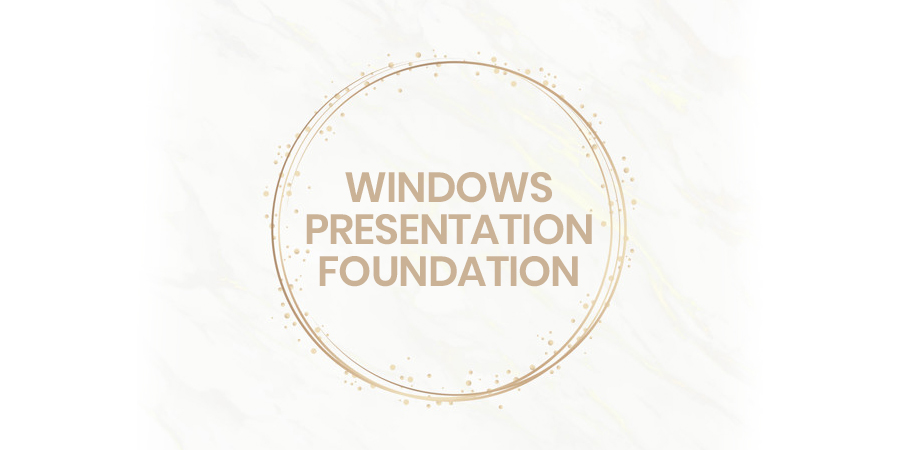
Windows Presentation Foundation (WPF) was released as a part of the .NET framework 3.5 in 2007. Although it presented the audience with a designer that was available to arrange the control on the Windows, it had created a layout that did not store any code. It tends to save XML files that are used with special syntax named XAML ( Extensible Application Markup Language)
Not only this, but the synchronization between the designer and the XML File tends to be bidirectional. Any changes that are made directly to the XML file are immediately visible to the designer. This allows the user to have excellent visibility when they are editing the layout. Not only this, but it provides the user with a more natural learning curve also.
The most notable feature of this framework is that it helps in separating the code of the UI for application functionality. Although the code of the functionality for the project can be defined using familiar languages such as Microsoft Visual Basic .NET or Microsoft Visual C#. The UI of a WPF project typically is determined using a relatively new declarative syntax called Extensible Application Markup Language (XAML).
Features of Windows Presentation Foundation (WPF)
- WPF has really important Styling, Templating, and binding abilities that are matched for large applications.
- WPF has a moderately sheer learning curve.
- Operates on any type of Windows OS.
- It is considered as a mature technology that is available since 2006.
-
Universal Window Platform (UWP)
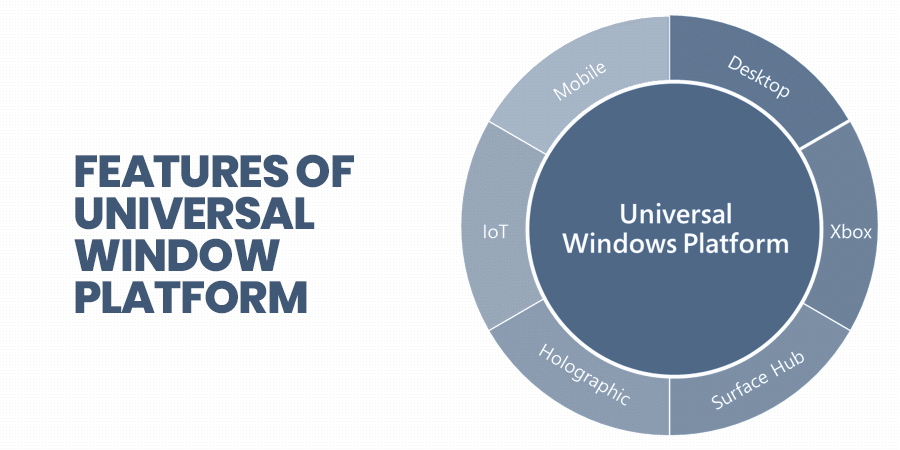
The introduction of Universal Window Platform (UWP) is tracked back for the release of Windows 8 in the year 2012 and the accompanying framework for the Mobile App Development of touch-first applications, called Metro applications and considered as one of the Microsoft’s newest Desktop Application technology. It’s XAML based, like WPF, and the user has the authority to write in C#
With the framework being introduced from Windows 10 in 2015, the framework began to get its last name and eventually it also supported the development of the applications for the Windows desktop. The Windows Mobile (it is supposed to be a successor of the Windows Phone), Windows IoT Core, Windows Mixed Reality (which is also known as the Windows Holographic), and the Xbox One.
Features of Universal Window Platform (UWP)
- The application operates in a Sandbox Environment, so the user is limited in cooperation with the system.
- It tends to operate only on Windows 10
- The deployment is within Microsoft Store. This would create deployment and loading more naturally, but Microsoft will take a portion of the profit
- UWP has a moderately sheer learning curve
-
Electron
This is the framework that tends to allow the user to develop a desktop app with web technologies like HTML, CSS, and Java. One of the most profound magic that happens behind the electron is that it uses node.js and Chromium to construct a web view in the desktop window. It is acknowledged as one of the common widespread frameworks. Some high applications are developed with slack, Github desktop, and visual studio code.
Features of Electron
- This is the framework that is considered as a cross-platform service.
- It tends to have a meaningful memory track, even for a pure ‘Hello World’ App
- Massive CPU using
- It tends to operate on Windows 7 and further
- Combining with the system is much limited as compared to the technologies.
Selecting the Right Deployment Strategy and Installer for .Net Mobile App Development
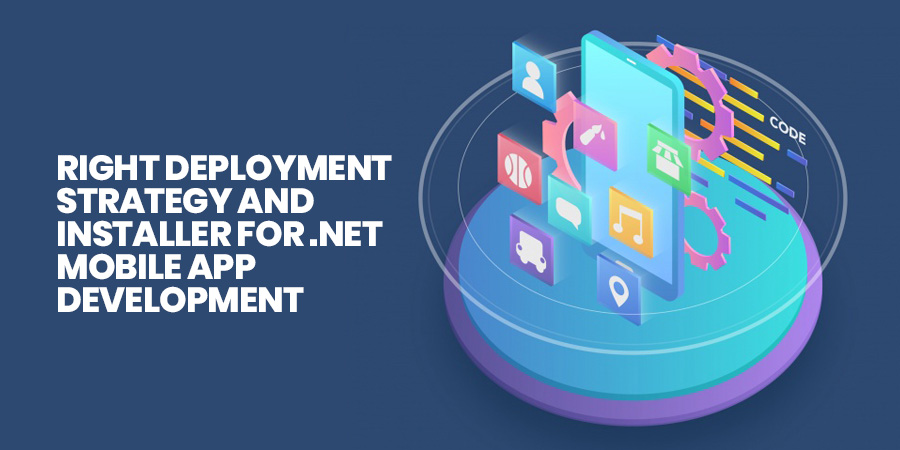
Deployment is one of the most critical business decisions and technological services that any organization needs. Some of the various options include:
- ClickOnce is a Microsoft solution to deploy the WPF app that tends to take care of packaging up of the app (installing and updating it)
- Squirrel is one of another installer and update framework.
- Chocolatey is a new solution that tends to distribute the app and tends to publish the updates quickly. It is one of the most suited developer-friendly deployment strategies.
On the other hand, the installer is a part of the deployment process that is important too. The job of an installer is to package the application into an installation program. Some of the essential installers that the Android App Developer can use are:
- InstallShield claims to be outstanding windows applications. It is considered to be very feature-rich and always up to date with the latest technologies.
- InnoSetup is a popular free installer. The user tends to construct a text file that tends to create the installer’s settings and scripts.
- Wix has a steeper learning curve than InstallShield and Inno Setup, but it can produce MSI files which can be a significant advantage.
Setting up Continuous Integration and Deployment (CI/CD) for Microsoft Mobile Application
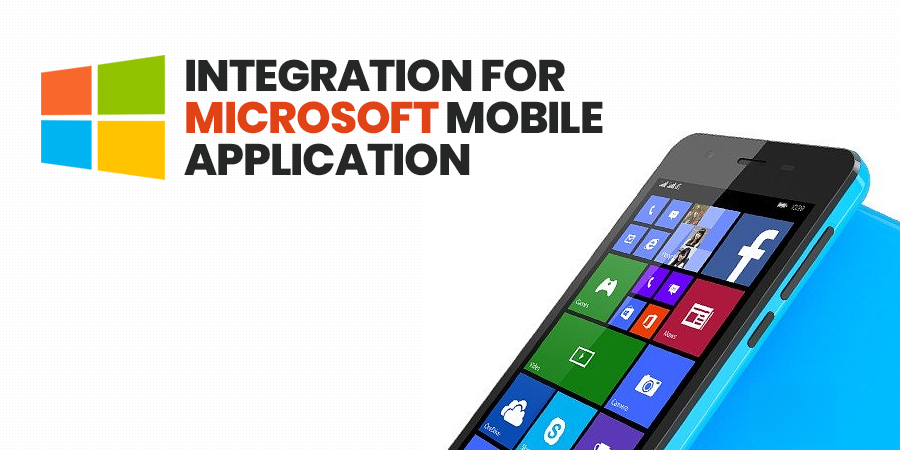
Establishing up a CI/CD pipeline is deemed as an important iPhone App Development process. The whole concept behind the complete concept is to construct an automated workflow for the deployment. A computerized flow consists of things like:
- Grant the latest code for the repository
- Compilation of the code and verifying the error
- Operating Unit Tests
- Constructing an Installation Package
- Deploying the application
Theming your Application
It is always better to create the application with the help of theming and considering it in advance. There are two primary scenarios where theming is essential.
- When you are constructing a B2B application, the customer might be needing a different branding for the application.
- For the customer app, users might want to give the users a choice for a custom feels look as well as they feel.
Conclusion
Before you start hiring people who are into iOS App Development or Android Development you need to know about the framework. The framework choice mostly depends on the device which the user wishes to target. But when it comes to choosing up an application, the user needs to know their needs and requirements. Desktop Application Development for Windows is full of complexity, like any other software service. The user can cover some of the essential decisions in the application architecture. Thereby, these above applications can quickly help you with the practices that you desire to operate.
